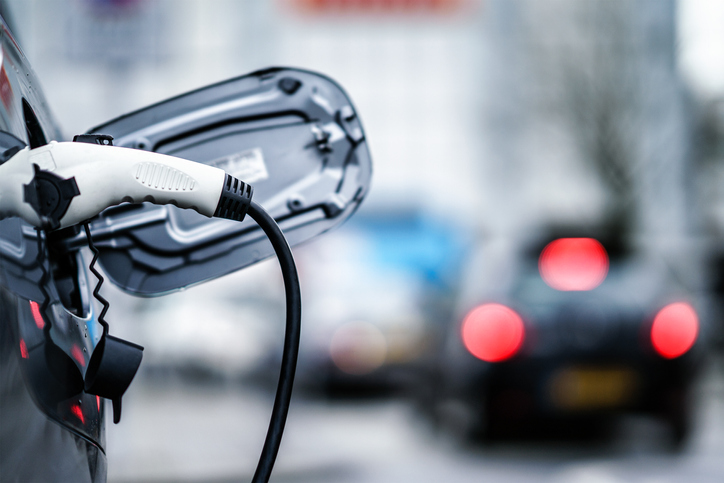Australia’s electric vehicle market reached a new milestone in September, with battery-electric vehicles (BEVs) accounting for 11.3 per cent of all new cars sold, the highest monthly share on record.
Fresh figures from the Federal Chamber of Automotive Industries (FCAI) and the Electric Vehicle Council (EVC) show that 106,891 new vehicles were sold in September, representing a 7 per cent increase compared with the same month in 2024.
EV Uptake Gains Momentum
Of all vehicles sold in September, 11 per cent were electric, signalling growing consumer confidence and increased model availability. So far this year, Australians have purchased 76,443 electric vehicles, up from 69,962 during the same period last year.
Tesla’s Model Y ranked third overall in new vehicle sales for the month, recording 3,927 deliveries and maintaining its position as the nation’s best-selling electric vehicle with more than 17,200 units sold year-to-date.
BYD’s Sealion 7 followed with 1,887 sales, while the Tesla Model 3 recorded 736 units. Plug-in hybrids (PHEVs) also saw steady growth, representing 4.4 per cent of the September market and lifting their year-to-date share to 4.2 per cent.
Industry Calls for Stronger Support
Electric Vehicle Council chief executive Julie Delvecchio said the latest data show that Australians are increasingly ready to make the switch to electric, but greater policy support will be needed to reach national climate goals.
“Increasing EV uptake is the highway to Australia’s 2035 climate target,” she said. “One in every two cars sold this decade must be electric. That means we need to shift gears and support more Australians to make the switch.
“We must look beyond passenger cars. Decarbonising heavy vehicles is just as critical,” she added. “Fewer emissions, cleaner air, quieter streets, fuel savings, and a more stable grid, that’s the power of more EVs on our roads.”
The federal government’s emissions target requires that 50 per cent of new car sales this decade be electric. While supply of BEVs has improved, industry groups have stressed the need for greater investment in public charging infrastructure and incentives to reach that goal.
Did you find this article interesting? Click the ‘heart’ button above to give it a ‘like’!



